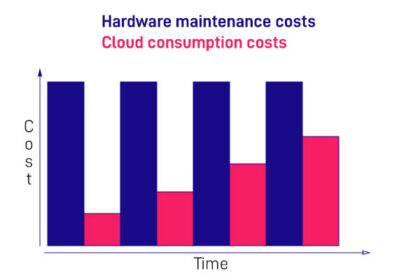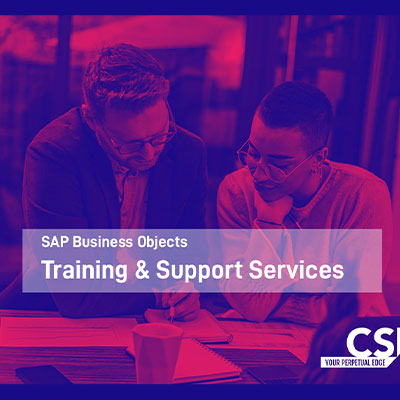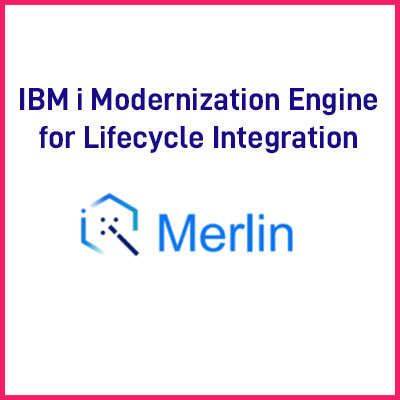How to Overcome the Challenges with Legacy Architecture
Time to read: 5 minutes
This blog looks at how much of an issue legacy architecture poses and what can be done to help clients facing this challenge.
Legacy architecture could be in place for many reasons. It could be technical debt from previous acquisitions or sharing one application across a group of companies. It could be down to the complexity of the application’s design and how heavily regulated it is. Perhaps it’s running on outdated computer hardware or old programming languages.
The Flexera 2022 State of the Cloud report found that 53% of SMBs will spend more than $1.2 million on public cloud in 2022, compared with only 38% in the previous year.
It’s no wonder more and more organisations are building their entire business around the cloud, striving to achieve tangible business benefits with a modern, flexible infrastructure, including…
- speed and efficiency
- reliability and security
- scalability
- improved collaboration
- reduced long-term costs
- access to more innovative business apps and processes
So unless an organisation is ‘born in the cloud’ they may face issues with legacy architecture due to applications that they can’t simply ‘lift and shift’ into the public cloud with pay-as-you-use consumption models.
What’s the harm in leaving legacy applications where they are?
The rate of digital transformation can mean legacy applications will become a millstone around a company’s neck.
This is especially the case when trying to compete with agile businesses born in the cloud. You only need to look at the start-up market to find out who your next big competitor is.

But there are also other challenges that make the need to modernise legacy applications even greater.
#1. Skills needed to maintain outdated legacy applications are scarce
As cloud-native services are attracting more interest, the underlying skillsets required for managing legacy architecture are increasingly rare. As a result, organisations don’t necessarily have the skills to support the applications, or they are no longer supported under licensing agreements.
Organisations can reduce the risk from the legacy skills gap by modernising their application architecture to use containerised microservices that can take advantage of hyperscale public clouds.
It’s why cloud services such as Microsoft Azure or AWS are so appealing as it’s all based on consumption. Once the application has been moved to containers, it’s then possible to move that container wherever you see fit, based on the best deal at the time, just like moving a utility bill around.
#2. Combined on-premises and cloud costs likely to increase
There is a perception that moving to the public cloud is cheaper. But the reality is that you often need to consume more to get the same performance levels, or you may end up over-paying for unused resources (the Flexera report found that companies estimate that over 30% of cloud spend is wasted). Costs then tend to sky-rocket. But once a company is committed to this strategy and in a contractual position, there is no choice but to consume more.
For example, if you use Azure to consume any compute or storage services, you’re held in a 30-day rolling contract. Alternatively, you could be in a reserved instance which is a forward commitment to a pre-set amount of compute. In this case, you may be getting a better price, but you are obligated in a similar way to a legacy managed service for a 12-month or three-year period. There have been many instances where businesses have had to step back from their public cloud strategy as costs have run away from them.
#3. A transformational effort is required and costs might rise until completed
If a business is running legacy applications on-premises utilising physical servers, those boxes must stay in place until the last workload moves off the hardware. The capex investment remains the same in terms of power, cooling and maintenance costs regardless of the capacity the legacy workloads are consuming.
As the workloads are moved into the public cloud in phases, cloud spend increases but the baseline costs are the same whether you have one or 200 workloads running on the on-premises infrastructure.
Companies can be put in a tricky position if they are stuck in a mix of modernisation without being able to reduce costs. The costs will only increase until the transformation is complete.

What can be done about legacy applications and workloads?
It’s possible for organisations to incrementally modernise their application architecture to containerised microservices that can take advantage of hyperscale public clouds.
For many businesses, both large and small, the default solution is x86, but there is another solution to use a provider who can offer compatible IBM Power servers in its own PowerCloud. It’s then possible to ‘lift and shift’ that legacy workload – without any transformation – into a cloud consumption model. These providers also have all the right skills sets to make this happen. This transition can reduce costs as the provider leverages economies of scale with one platform servicing multiple customers.
Not only does it allow existing core applications to continue running in an optimised IBM architecture, but it creates a foundation for companies to start building cloud-native services that integrate with the legacy applications, extending functionality and improving customer experience.
It’s also possible to introduce wrap-around services including managed security, data protection and disaster recovery to ensure availability, resilience and performance.

Removing the struggle associated with moving legacy architecture
Organisation’s may be stuck halfway in their digital transformation, with both IBM Power and public cloud spend mounting, but there are ways of using a service provider’s PowerCloud to transition much more smoothly.
This allows them to cut ties with costly in-house legacy infrastructure, while providing access to the right skills sets and the latest and greatest version of the technology on a consumption basis. This means that the real benefits of the cloud can be obtained for everyone.
Client Story:
Keeping core systems going with the reassurance of DRaaS
A supply chain logistics partner was running lot of mission-critical applications on legacy systems in very disparate places. Their core business apps were running on a mix of AIX and IBM i on IBM Power Systems located in different data centres for production and disaster recovery. They were faced with escalating costs and multiple issues with legacy applications – and protecting these systems was a high priority.
To reduce its data centre costs and secure its legacy apps for the future the logistics firm wanted to move to a hosted model. One possibility was to simply relocate its existing systems to data centres operated by a third-party hosting provider. While this approach would address the data centre footprint, the legacy issues would need to be resolved through costly upgrades.
The company was already adopting cloud services for x86 systems and wanted to take advantage of cloud-based Infrastructure as a Service (IaaS) and DR as a Service (DRaaS) for its core systems, as an alternative to re-hosting the existing systems.
By switching to our the CSI PowerCloud performance and availability would improve and costs reduced by 40% over two years. The CSI PowerCloud provides IaaS capacity for six IBM i LPARs and two AIX LPARs together with 22TB of storage.
High availability and DRaaS are provided by real-time replication between two separate sites, and the company benefits from 24×7 support which means its core applications are consistently monitored and managed.
About the author

Application Modernisation
Training and Support Services for SAP Business Objects
If you’re running SAP Business Objects (BOBJ), we can help analyse your underlying systems and recommend optimisation actions.

Application Modernisation
Modernise IBM i Apps with Merlin
Modernising business-critical IBM i applications has always been a challenge for developers but things are improving with IBM i Merlin.

Application Modernisation
How to Overcome the Challenges with Legacy Architecture
Are you facing issues with legacy architecture due to applications you can’t simply ‘lift & shift’ into the public cloud?
Ready to talk?
Get in touch today to discuss your IT challenges and goals. No matter what’s happening in your IT environment right now, discover how our experts can help your business discover its competitive edge.

